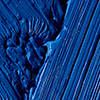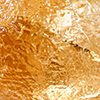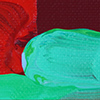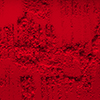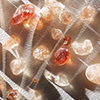Bone White pigment
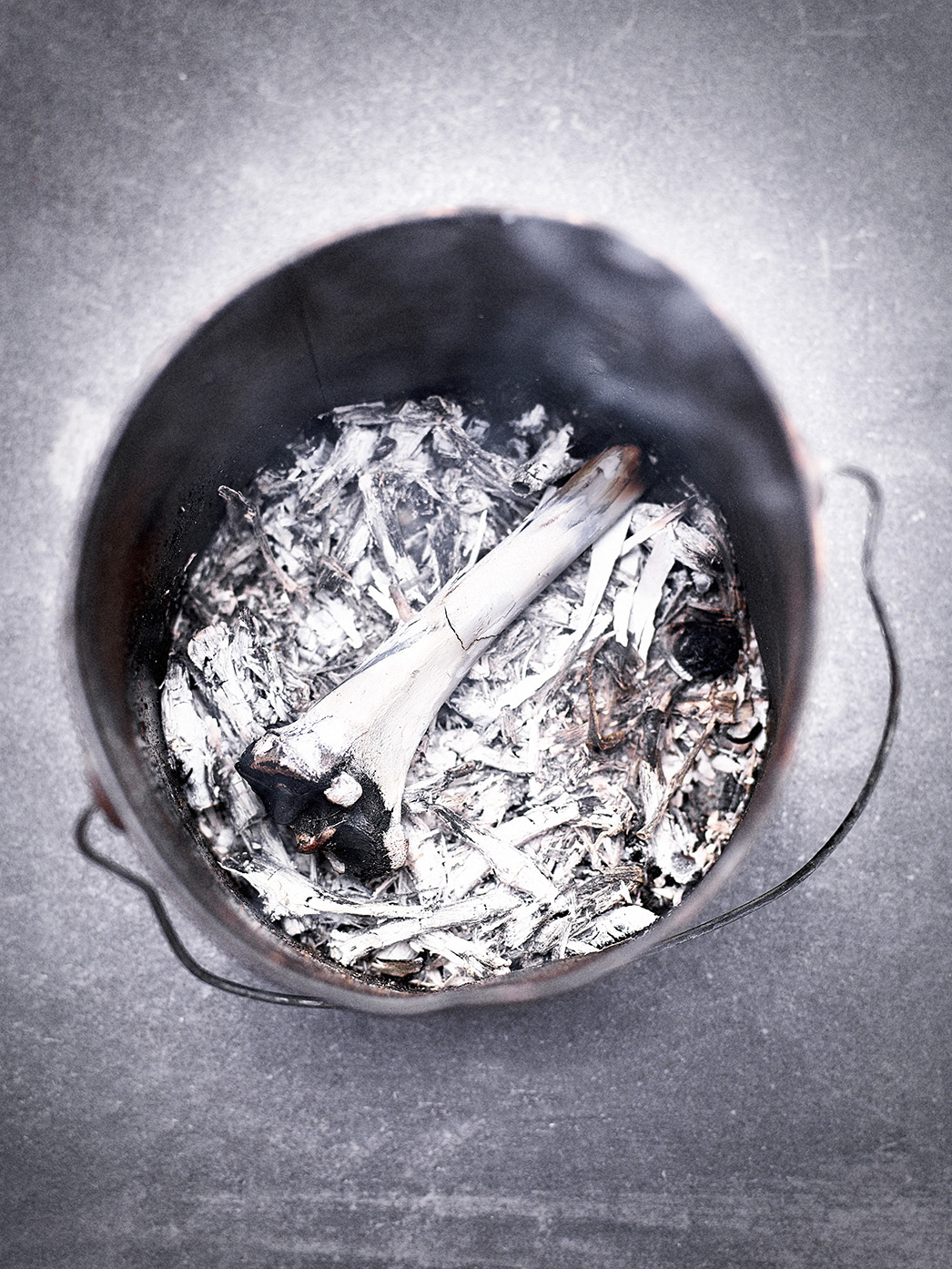
THE CREATION OF BONE WHITE IS AS LITERAL AS IT SOUNDS.
Bone white was made by burning bones in open fires until all the organic material burned away and the bone was turned to ash. There is evidence of bone white’s use since Neolithic times, making it one of the very first pigment colours created by transformation.
Although almost any kind of bone will work, historical recipes were very particular about recommending the use of certain bones. Cennino Cennini’s 15th-century manual, The Craftsman’s Handbook, instructs: Take bone from the second joints and wings of fowls, or of a capon, and the older they are the better. Just as you find them under the dining-table, put them in the fire; and when you see that they have turned whiter than ashes, draw them out, and grind them well in the porphyry.1
The antlers of the male European red deer, known as a hart, were used to make a bone white called hartshorn white. Unlike horns, antlers are made of bone. Deer shed them every winter, so they were collected and prepared like other bones.
Bone white is mainly composed of a mixture of calcium phosphate and calcium carbonate. The ground pigment is a gritty whitish-grey powder. Due to its slightly abrasive quality, bone white was often used in the preparation of paper for silverpoint drawings. Mixed with warm liquid rabbit-skin glue, it was painted on as a priming coat. A paste of water and bone white could also be used as a polish for metal sculptures and silverware.
